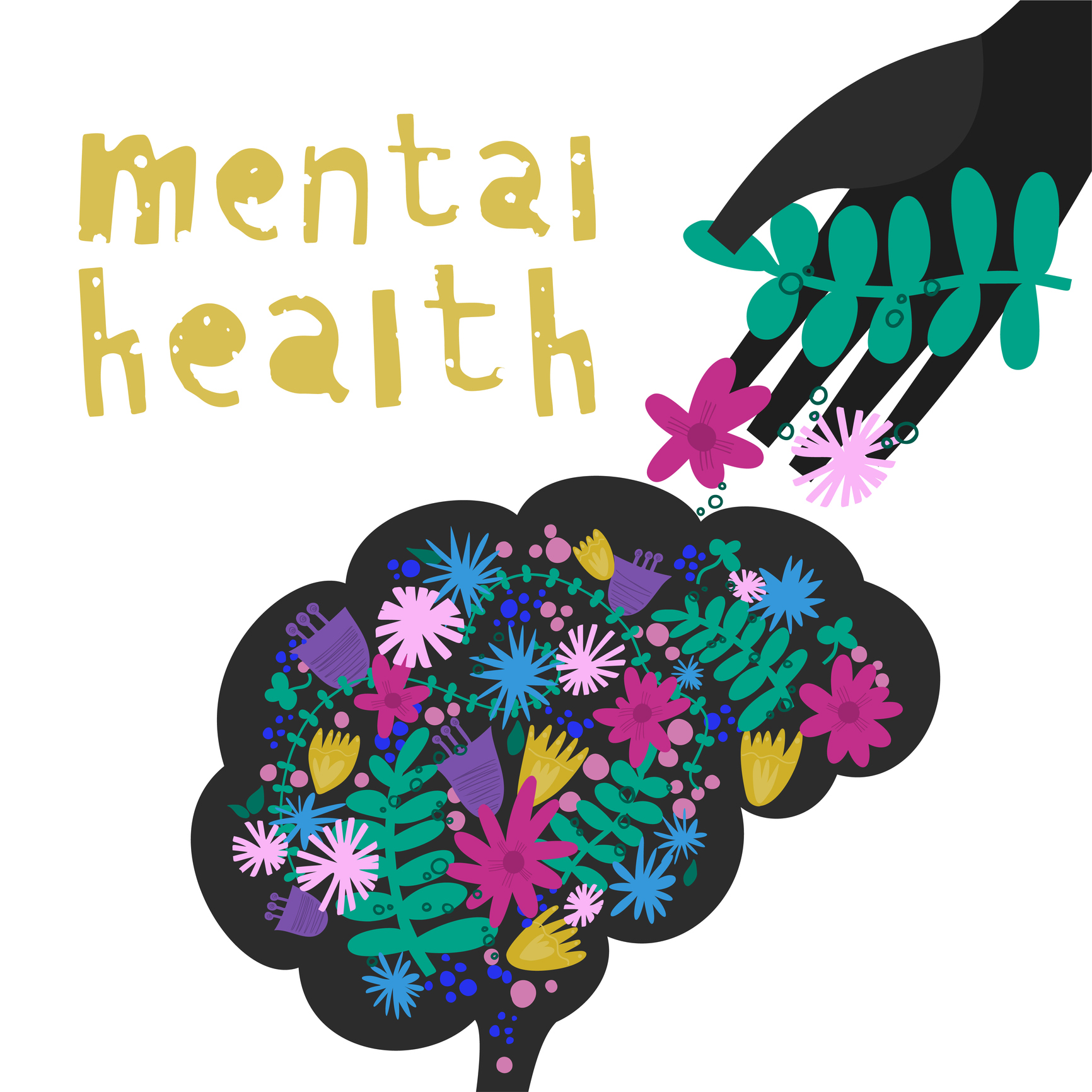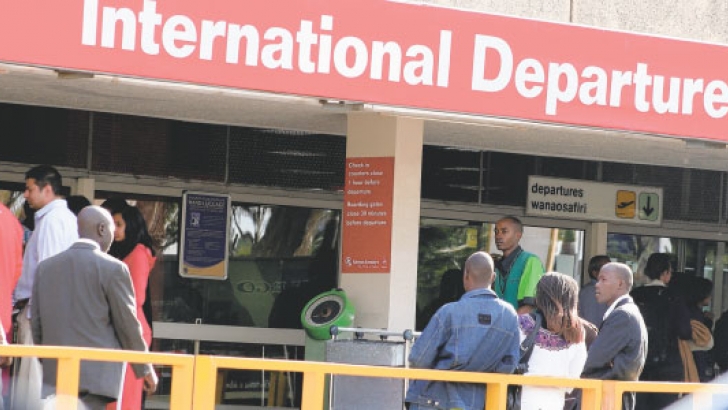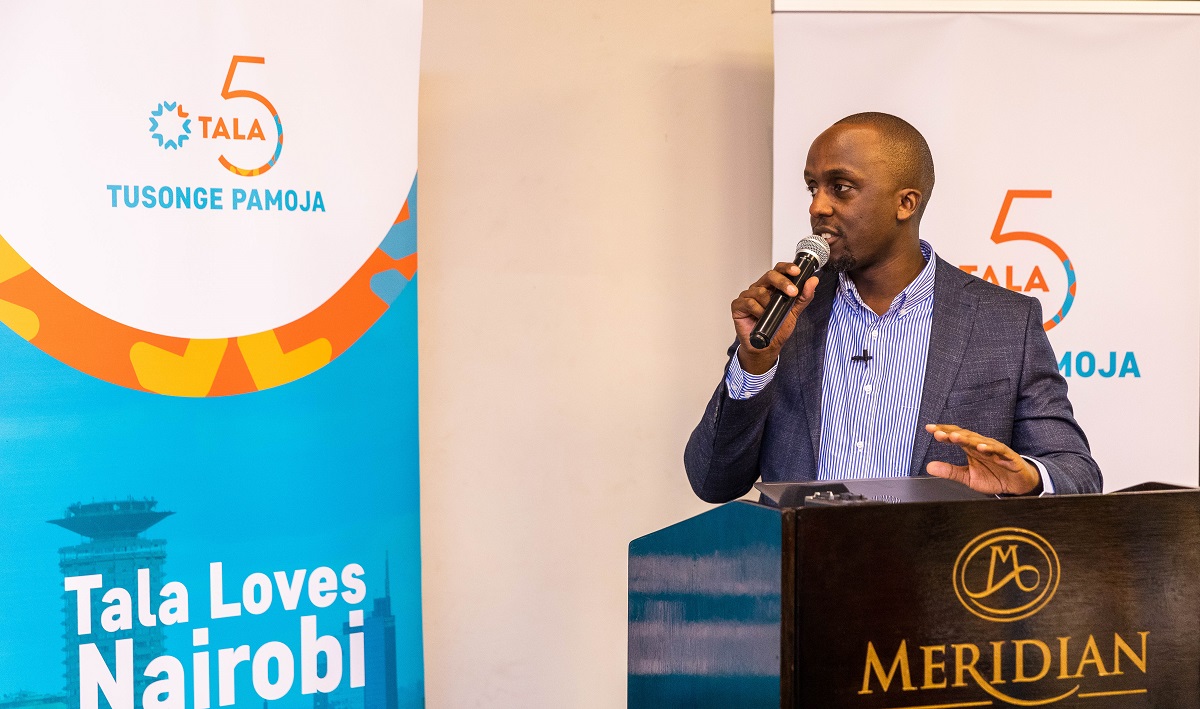On the fifth day since the Communication Authority of Kenya switched off analogue broadcasting, prompting leading broadcasters to withdraw their digital signals, there is no end in sight to the stand-off that has left the county with only two news stations.
Kenyans are sobering up and beginning to ask themselves hard questions about the whole fiasco. In the ensuing confusion and counter-exchanges between CAK and the three media houses – NTV, KTN and Citizen – the truth has been about as hard to find as a signal distribution licence. Both parties are right depending on how you earn your keep.
But media analysts are seeing beyond the noises. Why would media houses be so opposed to digital migration? And. on the other hand, why would CAK, an industry regulator mandated with promoting fair competition, be so hard on media to migrate under whatever circumstances?
Let’s start with the media. The main reason for their opposition is not necessarily because they missed out a pole position in distribution of signals. It is a valid argument of course, but there are implications that come with digital broadcasting that are more worrying for media houses than missing out on signal distribution deals.
Many TV viewers with decoders from Gotv, StarTimes and Bamba, must have discovered that the menu of local channels has increased. There are more TV channels on offer catering to different tastes – youth, women, religion, farming, entertainment and children to mention but six. This is how a senior manager with an advertising agency in Nairobi sees it.
“They (main broadcasters) fear audience fragmentation because they slept through the revolution,” he said. “They are not ready to compete in a market with low barriers of entry.”
The competition for eyeballs also comes with a fight for advertising. This will not just split the pie into tiny pieces for most of the players, but is also likely to pile pressure for a downward revision of advertising rates. This will squeeze revenues for big media.
Meanwhile, advertisers are already shifting money to radio, outdoor, in store and social media, according to media planners and buyers. With digital media advertising staking it’s claim, ad spend is finding new attractions. The traditional share of advertising for newspapers, radio and TV is being sliced.
On the other hand, CAK as a regulator has been seen to be biased. Many observers say it is using the law to muzzle aggrieved media houses. From an industry perspective, a compromise between could be the best way out. Keeping out local players from the digital signal distribution does not augur well for the country.
















































![Pula Co-Founders and Co-CEOs, Rose Goslinga & Thomas Njeru. Pula provides agricultural insurance and digital products to help smallholder farmers manage climate risks, improve farming practices and increase their incomes. [ Photo / Courtesy ]](https://businesstoday.co.ke/wp-content/uploads/2021/01/Pula-Co-Founders-and-Co-CEOs-Thomas-Njeru-Rose-Goslinga.jpg)




























































Leave a comment